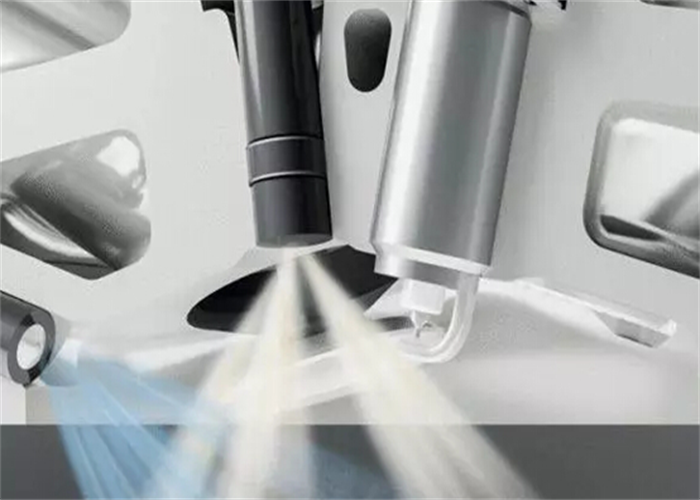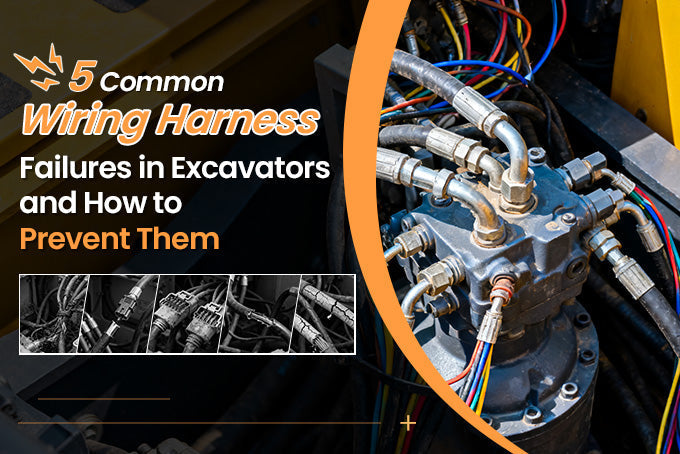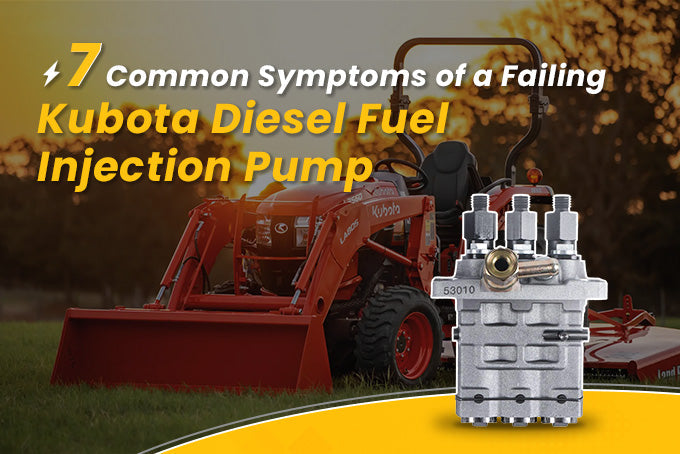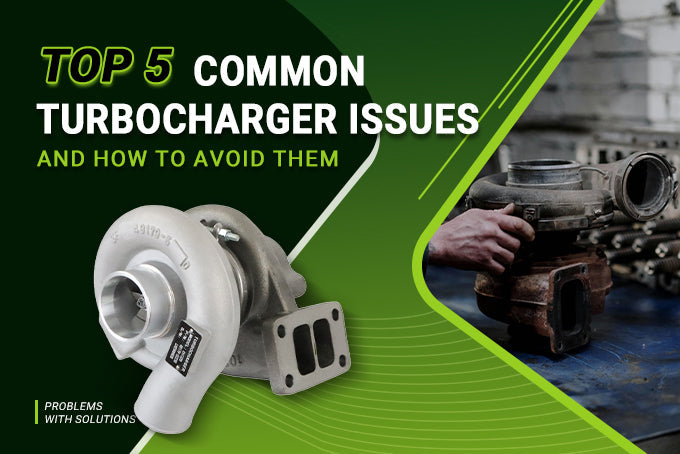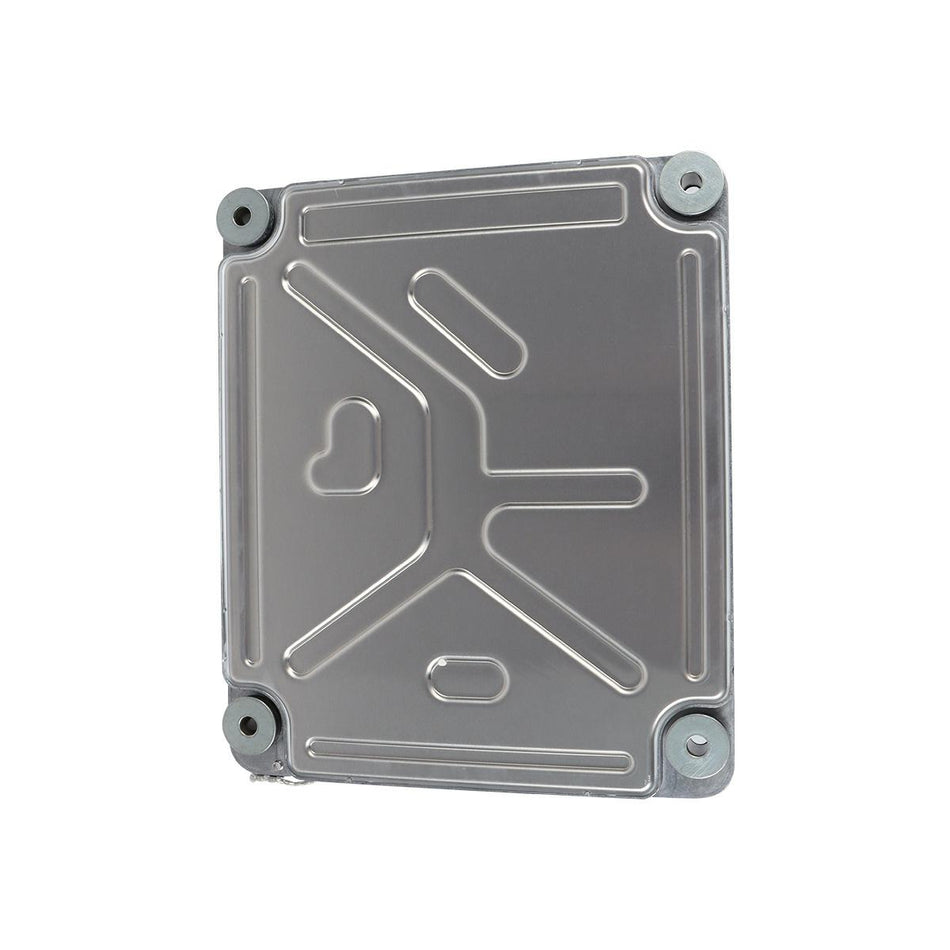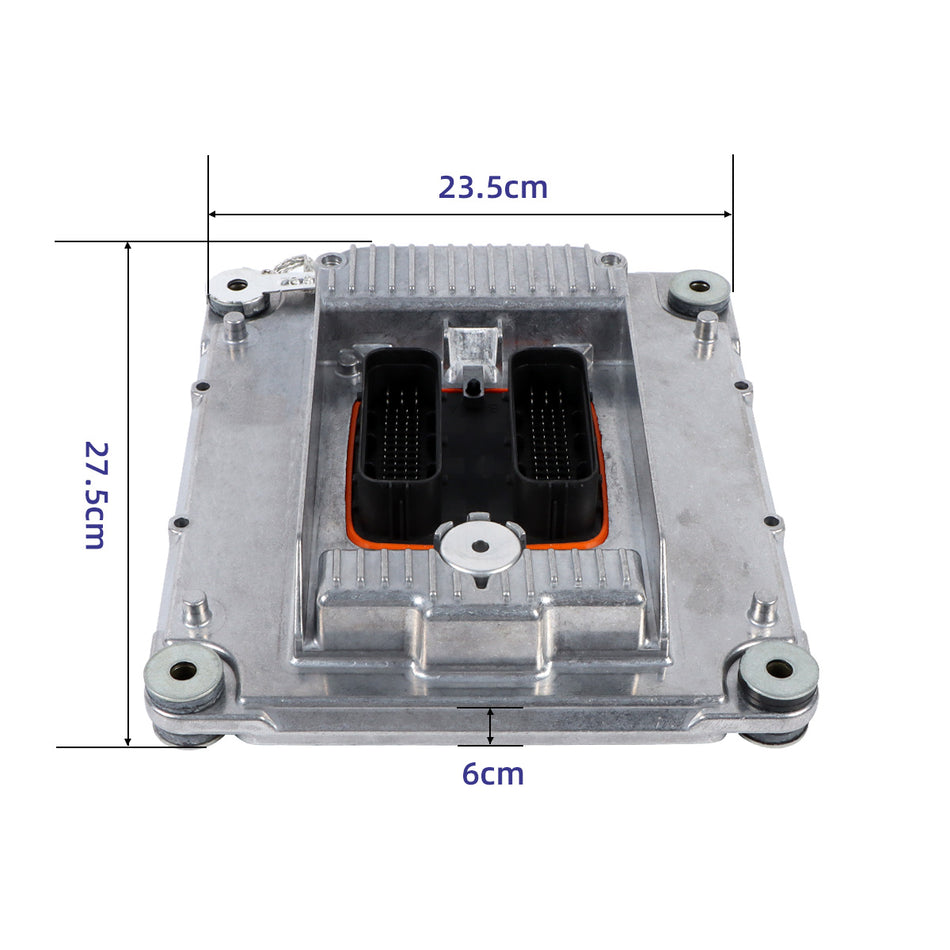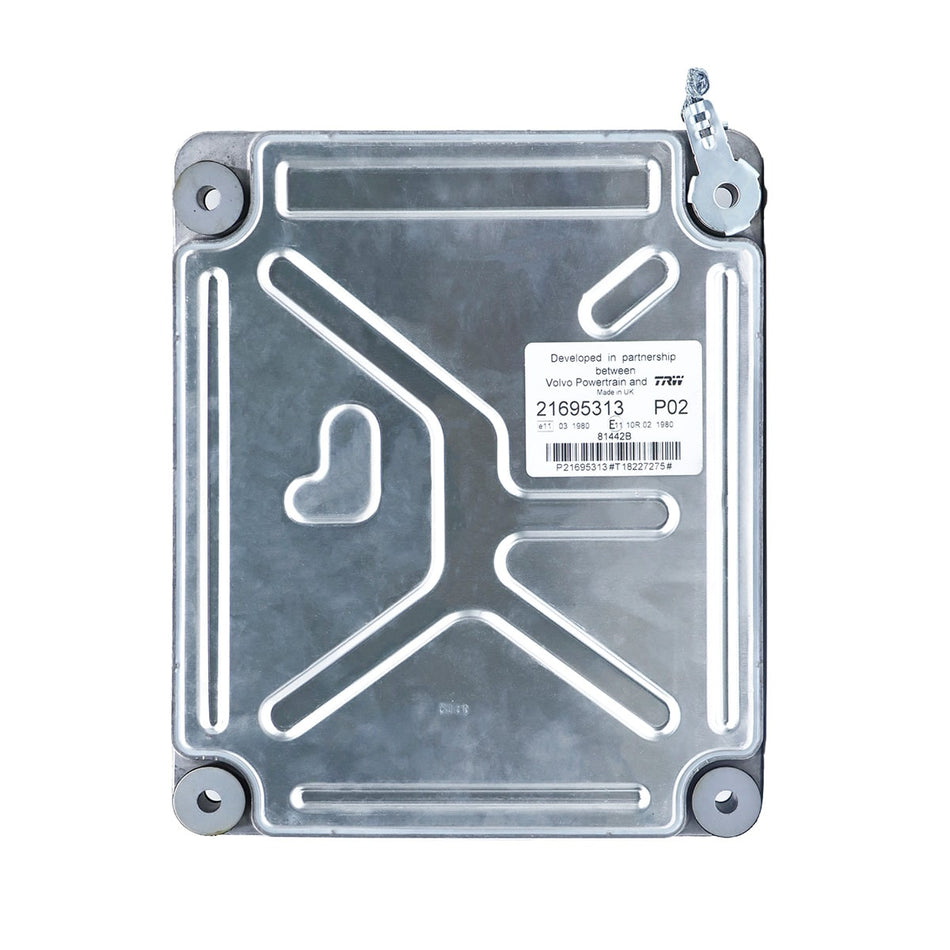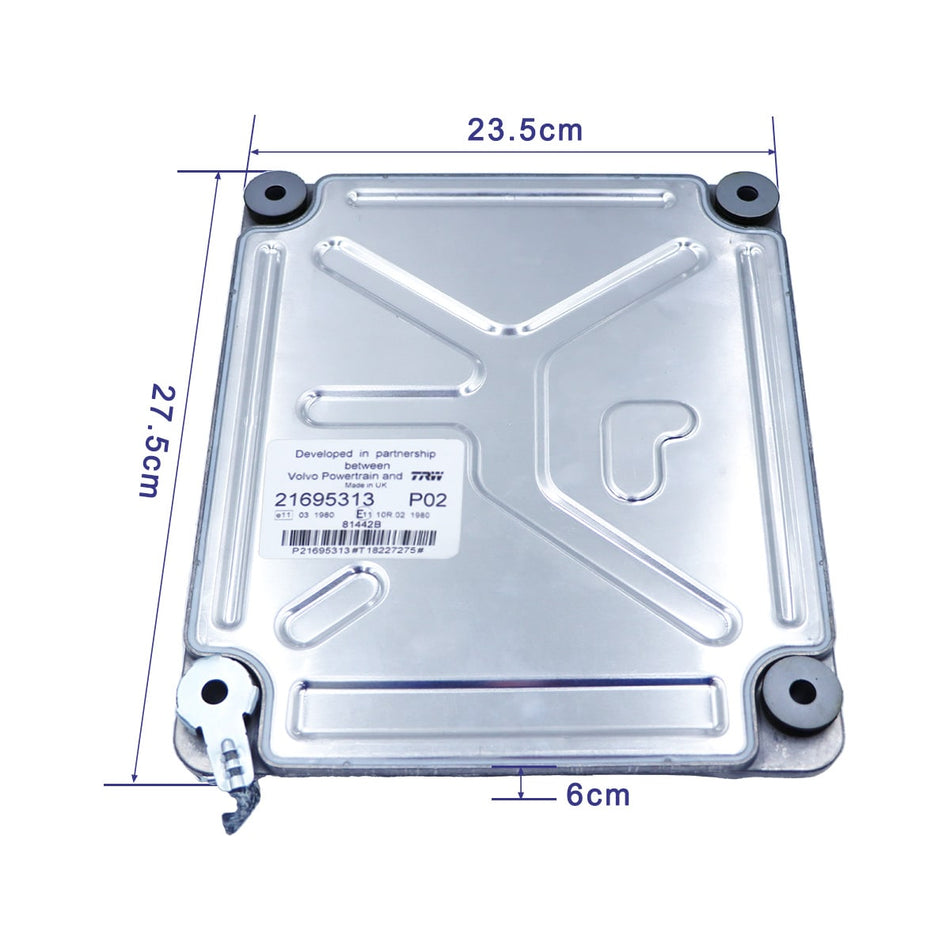Idle speed is one of the common indicators when detecting injectors. Poor idle speed is closely related to the performance and normal operation of the injector. Unstable idling, idle igniting, poor idle speed of cold cars, and poor idle speed of hot cars are common manifestations of poor idle speed. The causes of poor idle speed and the corresponding troubleshooting methods are also different.
- The idle speed is unstable, easy to extinguish
- 1 Fault phenomenon
The engine starts normally, but regardless of the cold or hot car, the idle speed is unstable, the idle speed is too low, and it is easy to extinguish.
- 2 Cause of issue
- Air intake or vacuum system leaks.
- The air filter is clogged.
- The idle speed control valve or additional air valve is not working properly.
- The air flow meter is faulty.
- The EGR valve is stuck normally and cannot be closed.
- Idle speed adjustment is not appropriate.
- The oil line pressure is too low.
- Injector has poor atomization, oil leakage or blockage.
- Poor spark plugs.
- The high voltage line is leaking or breaking.
- Ignition timing is out of alignment.
- The cylinder compression pressure is too low.
- Troubleshooting and troubleshooting
- Firstly, perform fault self-diagnosis check for the presence of a fault code. If yes, find the cause of the fault according to the displayed fault code. Pay special attention to sensors, actuators (such as coolant temperature sensors, throttle position sensors, idle speed control valves, etc.) that affect idle operation.
- Check air intake system fittings, vacuum hoses, exhaust gas recirculation system and fuel vapor recovery system for leaks.
- Check that the idle speed control valve is working properly. For pulse solenoid type idle speed control valves, the idle control valve wiring plug can be removed during engine operation. If the engine speed does not change, it indicates that the idle speed control valve or control circuit is faulty, and the circuit should be repaired or the idle speed control valve should be replaced.
- When idling, unplug the high-voltage lines of each cylinder one by one to check whether the engine speed drops are equal. If the engine speed is basically unchanged when the high-voltage line of a cylinder is unplugged, indicating that the cylinder is not working properly or not working, check whether the spark plug or injector of the cylinder is faulty, and whether the injector control circuit is short-circuited.
- Check high pressure sparks. If the spark is too weak, the ignition system should be checked.
- Disassemble the spark plugs of each cylinder and check whether the electrodes are worn or even carbonized, and whether the spark plug electrode gap is normal.
- Check the high-voltage lines of each cylinder. For example, there are traces of leakage or breakdown on the surface of the high-voltage line, or measure the high-voltage line with a multimeter. The resistance is greater than 25k, indicating that the high-voltage line is damaged and should be replaced.
- Check fuel pressure. The fuel pressure at idle should be around 250 kPa. If the fuel pressure is too low, check the oil pressure regulator, electric fuel pump, fuel filter.
- Adjust engine idle speed according to the prescribed procedures.
- Check the air flow meter.
- Listen carefully to the working sound of each cylinder injector at idle speed. If the working sound of each cylinder injector is not uniform, it means that the injectors of each cylinder are not evenly sprayed, and the injector should be disassembled, cleaned or replaced.
- Check the cylinder compression pressure. If the pressure is below 0.8MPa, the engine should be disassembled.
- Check and adjust the valve clearance.
If the above checks are normal, the injectors of each cylinder can be removed and cleaned. If it is found that a certain injector is poorly atomized or has oil leakage and cannot be restored after cleaning, the injector should be replaced. Finally check the engine computer.
- The cold car idle speed is unstable, easy to extinguish
3.1. Fault phenomenon
When the engine is running cold, the idle speed is unstable or too low, and it is easy to turn off the fire. After the hot car, the idle speed returns to normal.
3.2. Causes of failure
Additional air valve failure.
The idle speed control valve is faulty.
The coolant temperature sensor is faulty.
Injector is poorly atomized or blocked.
- Fault diagnosis and elimination
4.1. Perform fault self-diagnosis and check for fault codes. If yes, find the cause of the fault according to the displayed fault code.
4.2. Check the additional air valve. Remove the additional air valve and check that the valve with the additional air valve is open in the cold state. If there is an abnormality, it should be replaced.
4.3. Check the idle speed control valve. After the flameout, remove the idle control valve harness connector and plug it in after the engine is started.
If the engine speed does not change, the idle speed control valve does not work. Check the control circuit or disassemble the idle speed control valve.
4.4. Measure the coolant temperature sensor.
4.5. Disassemble and clean the injectors of each cylinder and check the working condition of the injector after cleaning. If there is poor atomization, oil leakage or fuel injection does not meet the standard, it should be replaced.
- The hot car idle speed is unstable or flameout
5.1. Fault phenomenon
When the engine is running cold, the idle speed is unstable or too low, and it is easy to turn off the fire. After the hot car, the idle speed returns to normal.
5.2.Causes of failure
- The idle speed adjustment is too low.
- The coolant temperature sensor is faulty.
- The idle speed control valve is faulty.
- Poor spark plug or high voltage line.
- The computer is not well grounded.
- The oxygen sensor is faulty or has failed.
- Fault diagnosis and elimination
- Fault self-diagnosis. If there is a fault code, find the cause of the fault according to the displayed fault code.
- Check the engine's initial idle speed by the correct procedure. If the speed is too low, it should be adjusted according to the specified procedure.
- Check the coolant temperature sensor.
- Check the idle speed control valve for service.
- Check the spark plug of each cylinder, replace the spark plug or adjust the spark plug gap as appropriate.
- Measure the high-voltage line resistance of each cylinder. If the resistance is greater than 25k?, or if there is a leak or breakdown of the high-voltage line, replace the high-voltage line.
- Check if the computer ground wire and engine body are well grounded. After turning on the ignition switch, measure the voltage between the computer ground wire (or the ground wire in the fault diagnosis base, the engine block) and the battery negative pole. If the voltage is greater than 1V, it means that the computer ground wire or the engine is poorly grounded. Check the grounding end of the ground wire for looseness or rust, or re-inject a ground wire.
- The hot car idle speed is too high
6.1. Fault phenomenon
When the engine is cold, it can run normally at a fast speed, but it still keeps fast and idle after the hot car, which causes the idle speed to be too high.
6.2. Causes of failure
- The throttle is stuck or closed.
- The idle speed is not adjusted properly.
- Additional air valve failure.
- The idle control valve is stuck or the control circuit is faulty.
- The coolant temperature sensor is faulty.
- Air conditioning switch, power steering pressure switch is faulty.
- The crankcase forced air valve is faulty.
- There is a leak in the intake system.
- The generator charging voltage is too low.
6.3. Fault diagnosis and elimination
- Check that the throttle is fully closed when idle and that the throttle cable is not stuck. Move the throttle rocker arm in the direction of closing by hand. If the engine idle speed can be reduced to the normal speed, the throttle valve is not tightly closed.
If the throttle cable is stuck, the cable should be replaced; if the throttle shaft is stuck, the throttle body should be removed and cleaned.
- According to the engine's prescribed procedure, readjust the idle speed and reset the engine computer. The so-called reset of the engine computer, that is, clear the fault memory in the engine computer, let it learn the idle speed again. For most electronically controlled engines, when the engine reaches normal temperature and the idle valve is fully closed, the basic idle speed is set to (500 plus or minus 50) revolutions per minute. If the adjustment or setting is invalid, further inspection should be carried out.
- Check air intake system fittings, vacuum hoses, etc. for leaks.
4) Perform fault self-diagnosis. If there is a fault code, find the cause of the fault according to the displayed fault code. There are conditions to further read the dynamic data flow, mainly to observe the engine load signal, idle control valve opening or control steps, engine intake system pressure signal, coolant temperature signal, each switch signal.
- Check the coolant temperature sensor. If the engine idle speed is restored after the coolant temperature sensor harness connector is removed, the coolant temperature sensor is faulty and a low coolant signal is input to the computer. It is worth noting that after the coolant temperature sensor plug is unplugged, the engine fault warning light will illuminate, and the computer's fail-safe function will work, automatically setting the coolant temperature to 80 degrees. After reinserting the coolant temperature sensor harness connector, the computer still leaves the fault code for the coolant temperature sensor. In this regard, you can connect the computer detector to clear the fault code, or remove the engine computer fuse after the engine is turned off for about 30 seconds to eliminate the fault code in the computer.
- Idling up and down
7.1.Fault phenomenon
The engine speed continuously fluctuates up and down at idle.
7.2. Causes of failure
- The idle switch is not properly adjusted, and the switch does not close when idle.
- Injector is poorly atomized or blocked.
- The air flow meter is faulty.
- The idle speed control valve or idle speed control circuit is faulty.
- The coolant temperature sensor signal is incorrect.
-
The oxygen sensor fails or the feedback control circuit is faulty.

7.3. Fault diagnosis and elimination
- Perform fault self-diagnosis. Pay special attention to the presence or absence of the idle speed switch, coolant temperature sensor, air flow meter, oxygen sensor, and idle speed control valve fault code. If there is a fault code, check the corresponding sensor and control circuit.
- Unplug the high-voltage lines of each cylinder or the injector harness connector one by one when idling, and check whether the cylinders of the engine work evenly. If the high-voltage line of the cylinder or the injector harness connector is unplugged, the engine speed is not significantly reduced, indicating that the cylinder is not working properly. The cylinder spark plug and injector should be removed.
- Detect the throttle position sensor. If the idle switch in the throttle position sensor cannot be closed when the throttle is fully closed, the throttle position sensor should be newly adjusted or replaced.
4) With the car computer detector, the coolant temperature sensor can be measured. If the coolant temperature value transmitted to the engine computer by the coolant temperature sensor does not match the actual coolant temperature, it indicates that the coolant temperature sensor is faulty and should be replaced.
- Check the air flow meter with a computer tester or a multimeter or an oscilloscope. If there is any abnormality, replace it.
- Unplug the idle valve harness connector during engine idling. If the idling up and down fluctuations disappear, but the idling instability is intensified, the idle speed control valve is working properly and the fuel injection system is faulty. If the idling fluctuations do not change, the idle speed control valve is not working properly or does not work. In this regard, check whether there is a pulse electric signal at the wire harness connector of the idle speed control valve. If there is no electric signal, the idle speed control valve is stuck. The idle speed control valve should be removed or the idle speed control valve should be replaced.
The cause of the idling up and down fluctuations, the reason for the breakdown of the car is basically the same as the cause of the idling jitter instability, but the idle control valve failure, the vacuum leak, the ignition timing is incorrect, and the exhaust gas recirculation valve cannot be closed at idle.
The above is the compilation and introduction on how to solve the problem of poor injector idle speed. The unstable instability problem involves a wide range of problems and difficult maintenance. Therefore, in the process of fault and elimination, the cause of the fault should be analyzed according to the specific performance of the fault, so that the performance and normal operation of the injector can be restored as soon as possible.


